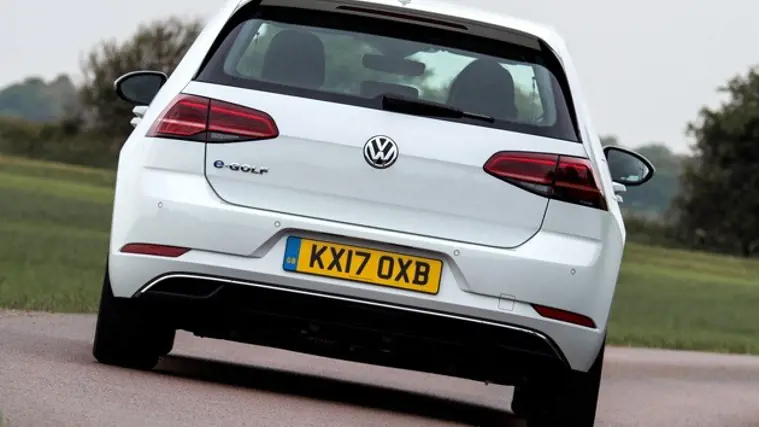Volkswagen e-Golf (2014-2020) Review
A pure electric version of the popular family hatchback, the Volkswagen e-Golf aims to bring green motoring to the masses
There are few more popular cars than the Golf so it’s entirely logical for a manufacturer such as Volkswagen, when attempting to popularise electric vehicles, to make an entirely electric version of its best-seller.
Which is why it launched the e-Golf in 2014 and has subsequently made it even more appealing, thanks to a series of revisions in late 2017, which help it keep pace with the all-new Nissan Leaf and the recently revised BMW i3.
The e-Golf retains everything that has made the regular internal combustion-engined Golf a hit for decades among buyers – and then takes away elements of the running costs to make it cheaper to own and cleaner to run, at a time when there are serious concerns about air quality in our towns and cities.
And town and cities are where the e-Golf makes most sense, with its 120-mile range (in real-world driving, as opposed to the official 186 miles). Range anxiety is said to be a major barrier to many prospective EV buyers, but 120 miles goes much longer than many people expect, when the majority of journeys are to the shops, the school run, a commute to work, etc. It's only when longer journeys are required does the e-Golf owner have to think a bit more about when and where to charge the car.
Performance is certainly impressive and the silent running of the e-Golf does tend have a strange kind of effect on the driver, making them more relaxed. The handling is very, Golf-like, not unexpectedly, which means it’s accurate, responsive, agile and well-balanced. The ride does feel slightly firmer than the regular Golf, but it's not a huge departure from the regular Golf and passes muster as a comfortable family car.
The previously mentioned lower running costs come from its 0g/km CO2 emissions, which results in the e-Golf’s exemption from VED payments, in the first and all subsequent years. And as opposed to a £40-50 fill-up at a petrol station (plus whatever else you’re tempted to pick up while queuing to pay for fuel), the charging of the e-Golf is a lot less: if using a wallbox at home, at domestic electricity prices (depending on your supplier and tariff), you should be paying a few pounds at most; public charging is more expensive, but £5-6 should be about average for a 7kW charger (the rapid chargers will be more expensive).
As you’d expect from a future-focused electric vehicle, there’s plenty of technology onboard. The 9.2-inch colour touchscreen (with voice and gesture control) offers plenty of infotainment options, including navigation, DAB radio and smartphone integration (with Apple CarPlay and Android Auto), while the optional Active Info TFT driver display provides all the information a driver needs, right in their eyeline.
Electric vehicles are still, in many ways, in their infancy, and are currently better suited to low-mileage drivers (although not exclusively). But the e-Golf shows what is currently possible and it is more practical than many buyers might think. For those Golf buyers who tend not to drive long distances on a regular basis, the e-Golf is certainly worthy of consideration.







